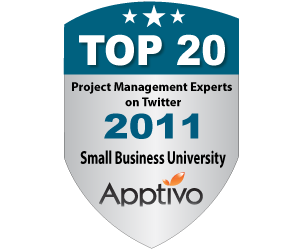The digital driven economy has not only altered the way we
manage projects and programs, it has fundamentally changed the way we conduct
business across all industries and sectors and the way we live. In today's
economy, any project, program or organization whose internal rate of change is
slower than the external rate of change will be headed for difficulty.
Project managers and business analysts are our leaders for tomorrow - do you have the skills necessary to Manage the Rate of Change in a Digital Driven Economy?
Project managers and business analysts are our leaders for tomorrow - do you have the skills necessary to Manage the Rate of Change in a Digital Driven Economy?
Fredrick Redd, former Director, Project Management Office,
Port Authority & New Jersey will take the stage at PW&WCBA to share the principles and
strategies you need to keep pace with the rate of change that is ideal for
leading projects, programs and organizations.
PW&WCBA
East
March 23-24,
2015
Disney’s Grand
Floridian Resort
Lake Buena
Vista, Florida
Plus, check out new sessions from Verizon (Risk Management on the Edge: Tips, Tools & Techniques) and Vertex, Inc. (Process Improvement Insights Gained while Watching Reality Television).
Download the brochure for the updated agenda: http://bit.ly/17qgkla
We hope to see you in Orlando as we help you prepare for
the digital driven economy.
Register by Friday, February 20th and save $200: http://bit.ly/17qgkla
All the best,
The PW&WCBA Team
All the best,
The PW&WCBA Team
@Project_World
#PWEAST
pwwbcablog.iirusa.com
P.S. - Are you a PMI or IIBA member? You can save an additional 20% off your conference registration. Contact Kacey Anderson at kanderson@iirusa.com for more information.







